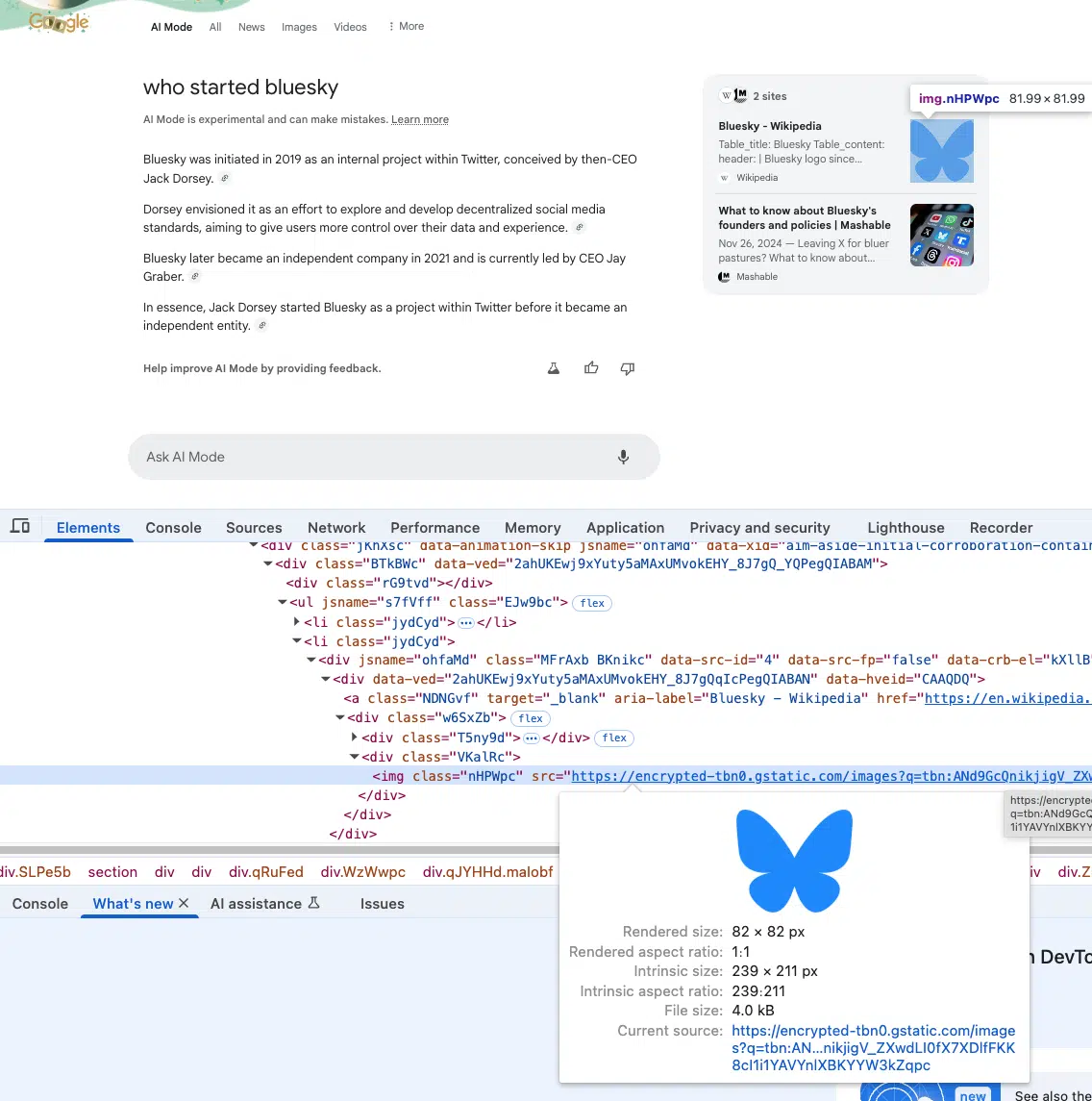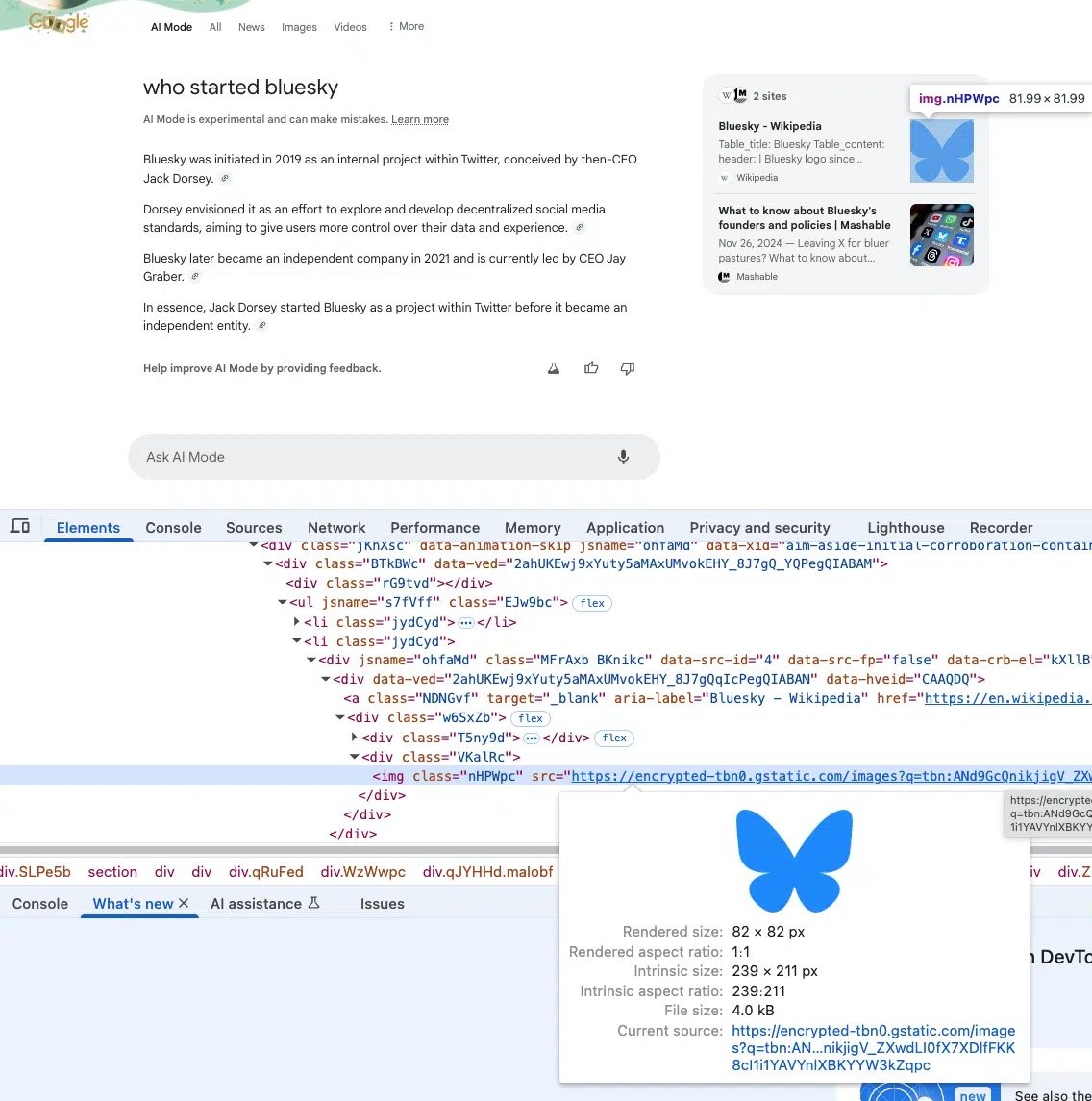Google’s AI Mode: What SEOs and Marketers Need to Know
Google’s new AI Mode, currently available as a Google Search Labs experiment, is reshaping the search landscape. After extensive testing across various search intents, comprehensive investigation of search result patterns, and tracking of key metrics, here are the essential insights for SEOs and marketers.
Embrace the AI Revolution
AI Mode is genuinely powered by artificial intelligence. The output generated by queries shows significant variance. For example, the search query [cheap flights] yielded outputs ranging from 370 to 449 words. The number of right-sidebar citations varied widely, from 13 to 39.
Local Intent is Everywhere
Even queries without obvious location relevance, such as [online courses], [subscribe newsletter], and [youtube login], incorporate location context within the AI-driven outputs. This suggests that Google’s AI prioritizes location-based information to enhance user experience, even when the search intent doesn’t explicitly request for it.
Navigational Searches Bypass AI Mode
Standard Google SERPs persist for navigational queries. Searches for services like DuckDuckGo, Gmail, CNN, YouTube, Twitter, and Wikipedia bypass AI Mode entirely, reverting to traditional Google search results with 8-10 blue links. This indicates that Google may still prioritize direct access for well-known and frequently visited websites.
Commercial and Informational Keywords Generate Longer Outputs
Commercial and informational queries tend to have the longest outputs in AI Mode. For example, [Laptop brands] produced a result of 576 words with 56 citations, while [Causes of the French Revolution] resulted in 512 words and 12 citations. This suggests that AI mode excels in providing in-depth and comprehensive answers, particularly for topics requiring detailed and informational content.
Page 2 Results Now Visible
URLs that were previously buried on page 2 may now appear in citations. This is particularly true for keywords that trigger longer citations. This offers a potential boost to the visibility of content which might have been previously overlooked.
Thumbnail Insights
Images are cropped to 82×82 pixels from the most prominent image (or the one optimized for the keyword) or from on-page headers. URLs without thumbnails remain thumbnail-less until Google identifies a suitable image. Ensuring relevant images are used on pages is essential.

Emerging Local Brand Winners
Best Buy appears to be performing well in commercial searches with local intent. SmartAssist set the record for the most blue links within an AI output result for [mortgage rates]. Local winners will likely vary by region.
Blue Links Records
The search query [Lightweight hiking boots reviews] featured 21 blue links with anchor text within one AI Mode output. This creates an incredible opportunity for increased visibility if you can create supporting content Google can cite within AI outputs.
Additional AI Mode Insights
- Advanced Citation Mechanics: AI Output links frequently feature text highlighting, similar to featured snippets. This is a strategic clue about what Google values.
- Mobile vs. Desktop Divide: Mobile AI Mode consistently displays approximately 50% fewer citations than desktop, signaling the necessity for different optimizations.
- Citation Patterns by Intent: Informational searches receive minimal citation attention for queries like [why is the sky blue], with only three or four citations observed.
- Mathematical Oddities: Inconsistencies were found between the listed number of citations and the actual results shown, suggesting that the system may still need tweaking.
- Thumbnail Insights: Approximately 85% of citations display thumbnails. Being in the 15% without a thumbnail could lead to a disadvantage in click-through rates.
- Traditional SEO Disrupted: Searches like [Book flights] are now surfacing competitive blue links that were previously buried, creating unexpected visibility for OTAs.
- Citation Reputation Matters: LinkedIn posts dominate citations for [best seo in the world]. Historical authority continues to hold significant weight.
- UX Quirks: Interacting with in-text link citations eliminates the full right-side citation list.
- Google’s Positioning: AI Mode emphasizes real-time and location relevance, solidifying Google’s competitive advantage.
- Brand Queries Get Hyperlocal: Searches for [Disney] or [NASA] triggered results about brand-related events near Minneapolis.
- Infrastructure Insights: Occasional errors like “something went wrong with this response” hint at Google’s ongoing efforts to balance cost and infrastructure.
- Working Out Bugs: Random citations, like “Used RVs For Sale in Rutland, MA,” appearing for unrelated queries indicate that G is still refining the system.
What this means
The rules of SEO are being rewritten. There is now a huge opportunity to evaluate and adapt to how Google is integrating AI technology and optimizing AI Mode citations. Sites that were once hidden on Page 2 of Google now have a chance to evaluate AI output content and revamp their content to stay competitive. Use a relevant image that encourages clicks. Remember, these will be cropped square in the center.


